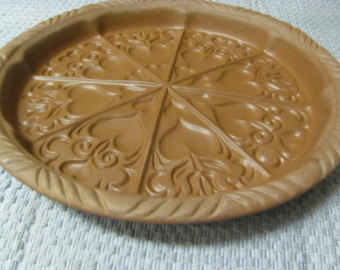Shortbread is a classic Scottish dessert traditionally made with:
- 1 part white sugar (I use powdered)
- 2 parts butter
- 3 parts flour (I usually use rice flour)
And a bit of salt
Shortbread is so named because of its crumbly texture which is caused by its high-fat content, provided by the butter. “Shortening” is its related word that refers to any fat that may be added to produce a “short” (crumbly) texture.
Prepared often during the 12th century, shortbread is credited to Mary, Queen of Scots in the 16th century. As it was expensive to make, the sweet cookie was reserved as a luxury for special occasions.
Note on the video – I “rejected” most because they have all kinds of weird ingredients like cranberries, nuts, maple syrup. Yuck!
A bit of a memory adapted from https://maryoblog.com/2015/09/16/scotland-edinburgh/
After sitting and resting for a while, we headed back down the castle hill, the Royal Mile and down the street towards our hotel.
On the way back, a hoodie outside a store caught my eye. While we were looking at it, a guy asked if he could help find my size. He had just been walking up the street but he was the shop owner. We went in and found something even better, with a matching one for Tom. I ended up also buying a cap and some other stuff. While I was looking around, I realized this was the same store where we’d bought the junk food for dinner the night before. I had been so tired/hungry that night I hadn’t even noticed that they sold hoodies, tshirts and stuff.
The shopkeeper spent a lot of time with us, looking in the back for the matching sweatshirts in the correct sizes. When he was done, he threw in a package of Walker’s shortbread for free! I wish I could remember the name of this shop so I could give it a good review on Trip Advisor. We save all our receipts, so hopefully I can find that name.
We continued on our way and a guy with sequined gold dress came running out of a doorway. I sure hope he was part of the Fringe Festival!
We got back to the Edinburgh City Hotel to get our car and I found I’d become mayor. 🙂
So, that really made my day. LOL
The drive back was pretty uneventful. We had some of the shortbread and I have to say it wasn’t nearly as good as mine.
When we got back to our place, I found out why.
We saw those tent people by the side of the road again. Gypsies? I couldn’t get a picture again. I’ll have one more time to try this on Saturday. They’ve been there at least 5 days. Surely, the police have seen them.
Back to our place!
It turns out that Walker’s uses whole wheat flour and I use rice. They use sugar, I use confectioner’s sugar. Other than that, the ingredients are the same. The flour, butter, confectioner’s sugar and a bit of salt.
Walker’s is definitely not bad, just different.
Shortbread used to be my standard Christmas gift for local people but they mostly can’t eat shortbread anymore due to the butter, the sugar and the salt. <sigh>
When I was a kid, my dad’s congregation had a lot of Scottish members. One of the worst insults that could said was “She makes her shortbread with margarine“. What an epithet!





















